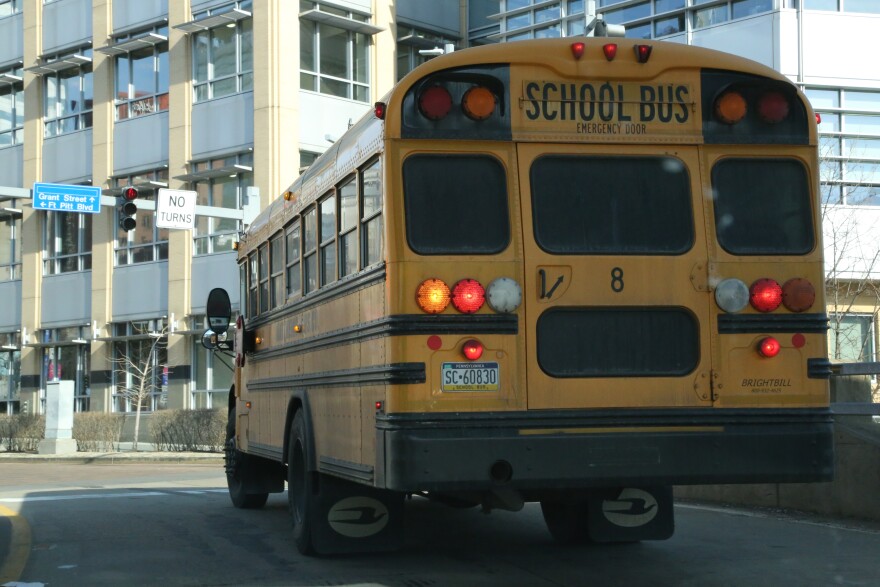Pittsburgh Public Schools administrators have proposed closing six school buildings, opening three new schools in existing buildings and reconfiguring the feeder patterns that determine where kids go to school.
The school board will vote Tuesday evening to begin a series of community input sessions on the proposals. The meeting can be streamed live at pghschools.org.
Administrators said Monday during a Business and Finance Committee meeting that they will also propose workforce cuts, though they did not give details.

The district began to work on a new strategic plan called “Imagine PPS” in December 2019. Teachers, staff, board members and community partners have met since to “modernize” the district’s footprint.
Michael McNamara, the interim chief operations officer, estimates the net savings from the closure to be $46.1 million after future capital costs to renovate buildings it plans to repurpose. He said the district could save an additional $2.5 million a year from the reduction in staff, utilities and transportation associated with the closures.
The district faces a $39 million deficit. Twelve PPS schools are under half-capacity. Another 40 are between 50 and 80 percent capacity. The district has 57 school buildings and the average age of a building is 75 years. Additionally, overall enrollment dropped by about 800 students in the course of a year, bringing the total to 20,438 K-12 students at the beginning of this school year.
Some buildings operate multiple schools like Arsenal and Allegheny, which each have K-5 and 6-8 programs. The district proposed closing those 6-8 programs and instead creating two new middle schools in the North Side and East End. The district also proposed reopening a school in the Northview Heights neighborhood to serve as a “birth to second grade” program.
McNamara said the district evaluated the current needs of buildings and the educational offerings in an ideal school -- which was based on the work of a focus group and principals self-assessing their buildings.

If the administration’s proposals are approved, McNamara said the district would move from about 17,000 empty seats to about 14,000.
Board member Pam Harbin criticized the process, saying the district should have gotten input from the community sooner.
“I really understand the need to look at our footprint and I understand the need to come up with different models. But in my gut I don’t feel like we did this the right way,” she said.
Superintendent Anthony Hamlet said that what his administration presented was not a finalized plan, but the start of a conversation.
“This is not the ending but just the beginning of how we will need to change and modernize,” he said.




